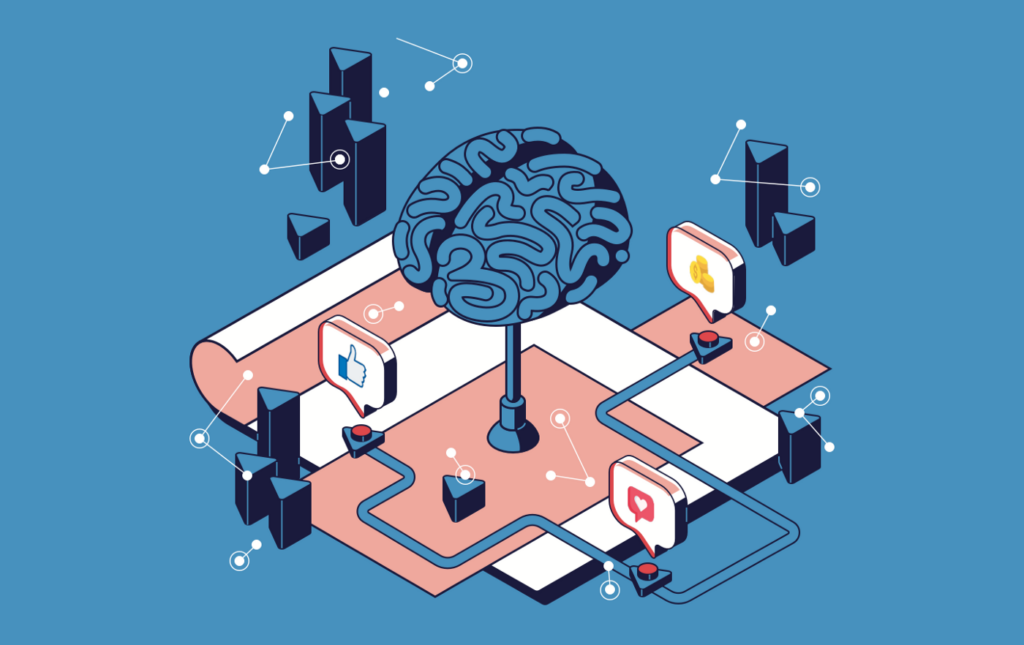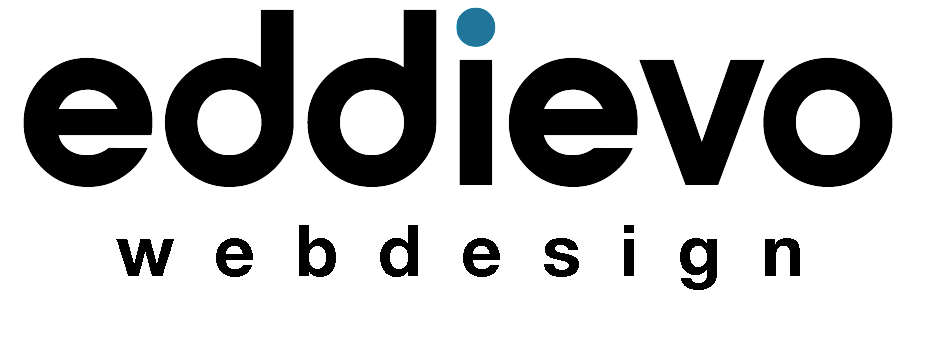Psychological Principles in Web Design
The human mind is a fascinating thing, and web designers have a secret weapon – the ability to harness its power. Psychological principles, when applied strategically, can transform websites from simple online spaces into persuasive and user-friendly experiences. Let’s delve into the world of psychological web design and explore how understanding human behavior can elevate your website and captivate your audience.
The Power of First Impressions: Making a Lasting Impact in Seconds
We all know the importance of first impressions. In the digital world, your website’s homepage is its handshake. Psychological principles like the mere-exposure effect tell us that users develop a preference for things they’ve seen before. By incorporating familiar design elements and clear navigation, you can create a sense of comfort and trust from the very first click.

Color Psychology: Evoking Emotions with Every Shade
Colors have a profound impact on our moods and perceptions. Understanding color psychology is essential for web design. For example, blue is often associated with trust and security, while red can evoke feelings of urgency or excitement. By strategically choosing a color palette that aligns with your brand identity and desired user experience, you can subconsciously influence how visitors perceive your website.
The Art of Storytelling: Captivating Users with Narrative Flow
Humans are wired for stories. Psychological principles like narrative transportation tell us that stories can hold our attention and influence our behavior. Web designers can leverage this by incorporating storytelling elements into their websites. This could involve using compelling visuals, crafting engaging product descriptions, or even structuring website content to create a narrative flow that guides users towards a specific action.
The Scarcity Principle: Driving Action Through Limited Availability
Sometimes, less is more. The scarcity principle suggests that people value things more when they are perceived as scarce or limited in availability. Web designers can utilize this principle by highlighting limited-time offers, displaying product stock levels, or showcasing limited edition items. This can create a sense of urgency and encourage users to take action before the opportunity disappears.
The Power of Social Proof: Building Trust Through Shared Experiences
Social proof is a powerful psychological phenomenon. We are more likely to trust something if we see others doing so. Web designers can leverage this by incorporating elements like customer testimonials, social media integration, or displaying logos of well-known clients. By showcasing social proof, you can build trust with potential customers and encourage them to engage with your website.
Cognitive Ease: Minimizing Friction for a Smooth User Journey
Our brains crave simplicity. The cognitive ease principle suggests that users are more likely to interact with websites that are easy to understand and navigate. Web designers should strive for clear and concise information architecture, intuitive menus, and a clutter-free layout. By minimizing cognitive load, you can ensure a smooth user journey and encourage visitors to explore your website further.
The world of web design is a fascinating blend of creativity and psychology. By understanding how users think and behave, you can craft websites that are not only visually appealing but also psychologically persuasive. Remember, your website is a conversation starter, and applying these psychological principles can help you connect with your audience on a deeper level and achieve your design goals. So, the next time you’re designing a website, consider the power of the mind. A little psychology can go a long way in creating a website that resonates with your users and leaves a lasting impression.

